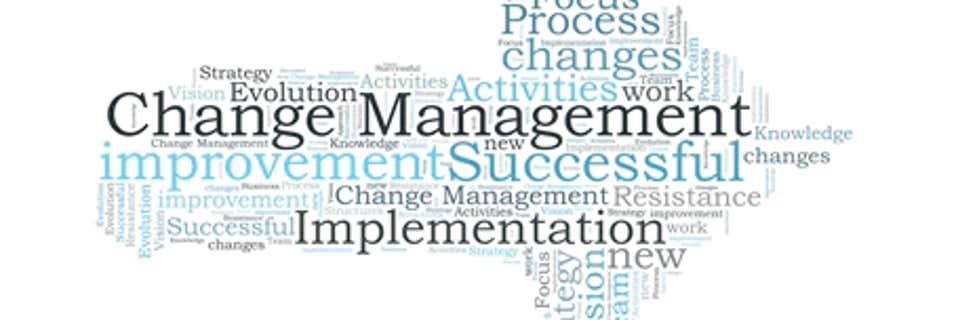Why Organizational Change Management is important for ITSM

- Blog
- Change management
- Communication
- Processes
- Project progress
- Service management
- ITIL
March 3, 2015 |
5 min read
- Blog
- Change management
- Communication
- Processes
- Project progress
- Service management
- ITIL
Within every organization processes change, new technology is brought in, new policies are implemented and organizational structure can change too. IT Service Management (ITSM) initiatives often involve changing how people carry out their jobs and if you’re changing the way people work and their behaviours then resistance will naturally occur.
- People may not understand it
- Each individual within an organization will have a different set of values and may fear the change
Organizational Change Management (OCM) is about winning the hearts and minds of each individual affected by change within an organization in order to reduce their resistance and ensure the changes are implemented and sustained successfully.
If people understand the purpose of change, how it affects them and their job, and believe in the importance and benefits of the change then projects are far more likely to succeed.
OCM specialists Prosci recently released new research called Best Practices in Change Management – 2014 Edition. They looked at 822 organizational change leaders across 63 countries and found that projects were six times more likely to meet the objectives and budget when organizations managed the people side of change effectively.
Unfortunately, understanding the need to deploy OCM is not happening quickly enough in the ITSM industry; it’s being discussed but it requires much more than expecting the CIO to tell people that things are going to change and that change is good; that’s just not good enough!
The way people see OCM now
In many cases where change is about to be implemented OCM is discussed, which suggests people are aware it’s needed. However, it is still not being initiated in the most effective way; indeed, many practitioners see OCM purely as communication but it’s much more than that.
OCM needs to take people on a journey from A to B, where the destination is a higher level of process maturity – and it’s about understanding where each person is on the journey as change is introduced.
Without OCM many people will not understand the changes and many can fear how it will impact their job. This only leads to them reverting back to or maintaining old processes and, consequently, causing the project to fail; research has shown that 70% of projects fail with either ineffective or no OCM. Implemented correctly, OCM will show people not only how any changes will affect them but also transport people from a position of resistance to believing and embracing change as the right thing to do.
For example, a change to the incident management process will mean people working on the service desk getting more responsibilities and greater accountability. They may not feel trained enough for the change to work and the CIO sending an email saying why it’s good for the customer doesn’t explain why it’s good for the service desk too.
Using best practice to support effective OCM
ITIL® references people, process and tools when referring to change and that’s the correct order: people first. The problem is that most practitioners focus on the process and technology while forgetting about the people aspect behind change.
ITIL talks about the need to manage the people side of change and tells us what needs to be changed, but it doesn’t necessarily give us the full picture on how to manage it. For effective OCM we should be referencing other methodologies and best practices along with ITIL, such as Prosci’s ADKAR model:
A – Make each individual aware of the need to change
D – Ensure each individual has the desire to change
K – Ensure each person has the knowledge in order to implement the change
A – Ensure they have the ability to change
R – Ensure the change is reinforced – sustain the change by making sure that people are continuing to implement the changes.
The two complement each other, with ITIL showing us where change is needed and the other guidance helping to bring people along on the journey and successfully implementing new initiatives.
Sponsorship models that work for OCM
We need to introduce a sponsorship model that identifies sponsors throughout the organization who have an understanding of who will be affected by change and explaining it to them as individuals. The CIO communication is still important but having someone who understands a person’s role and helps advocate the changes at each level of management is vital in getting every person on the journey together. The Prosci research showed that effective sponsorship meant organizations were 3.5 times more likely to meet project objectives.
OCM is about applying soft skills more and being less technology driven. You need to have OCM at the heart of a project to be able to see what you’re doing but, importantly, who you are doing it to and what it will mean to them.
OCM will help address the feelings and behaviours of the people going through the change, but also facilitate feedback. If the feedback from people is “it’s a bad idea”, they could be right!
See our ITIL section for more information.